Maintaining a thriving balcony garden can be a rewarding experience, but it’s not without challenges. Pests and diseases can quickly become a nuisance if left unaddressed, compromising the health of your plants. Fortunately, natural and organic remedies can help you deal with these issues effectively.
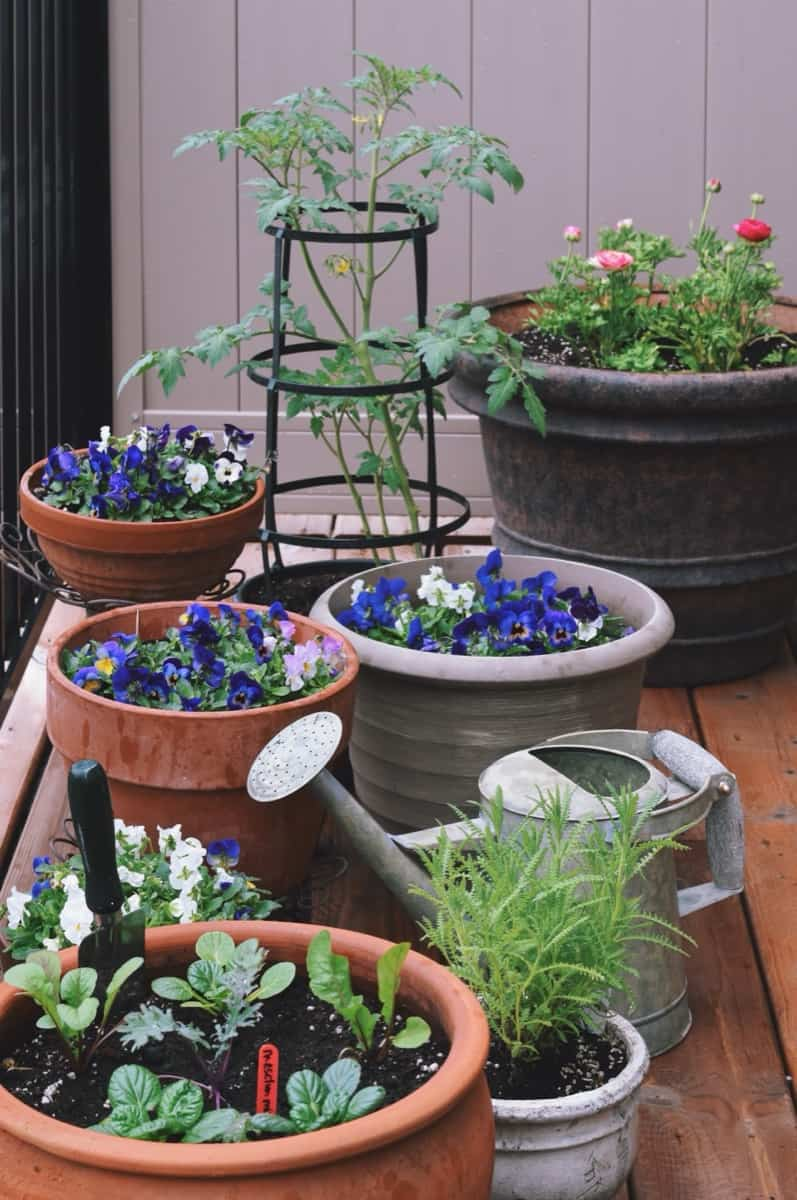
By understanding the common pests and diseases that may affect your balcony garden and learning how to identify them early on, you can take proactive measures to prevent infestations from spreading. Regularly monitoring and inspecting your plants will also enable you to catch any signs of trouble before they escalate.
How to Deal with Pests and Diseases in Balcony Garden
Common Pests and Diseases in a Balcony Garden
| Pests/diseases | Symptoms |
| Aphids | These tiny insects love to feast on tender new growth, sucking the sap from your plants and leaving behind sticky honeydew. |
| Whiteflies | These small, white insects can quickly multiply and infest plants, causing yellowing leaves and stunted growth. |
| Spider mites | These minuscule creatures spin webs under leaves, sucking out plant juices and leaving behind a telltale stippling pattern on foliage. |
| Powdery mildew | This disease appears as a white powdery coating on leaves, stems, or flowers, inhibiting photosynthesis and affecting overall plant health. |
| Leaf spot diseases | Various fungi cause leaf spots characterized by brown or black lesions on leaves. |
Implementing Preventive Measures to Minimize Pest and Disease Problems
Preventive measures are essential to minimize pest and disease problems in the balcony garden. One effective measure is regularly inspecting your plants for signs of pests or diseases. Look out for wilting leaves, discoloration, or unusual growth patterns. Early detection allows you to take immediate action before the problem worsens.
Another preventive step is proper watering techniques. Ensure your pots have good drainage and avoid leaving stagnant water in saucers. Maintaining good air circulation also helps prevent disease outbreaks. Avoid overcrowding your balcony with too many plants, as this restricts airflow. Prune overgrown branches or foliage periodically to promote ventilation and light penetration.
In case you missed it: The Importance of Soil and Fertilizer in Balcony Vegetable Gardening
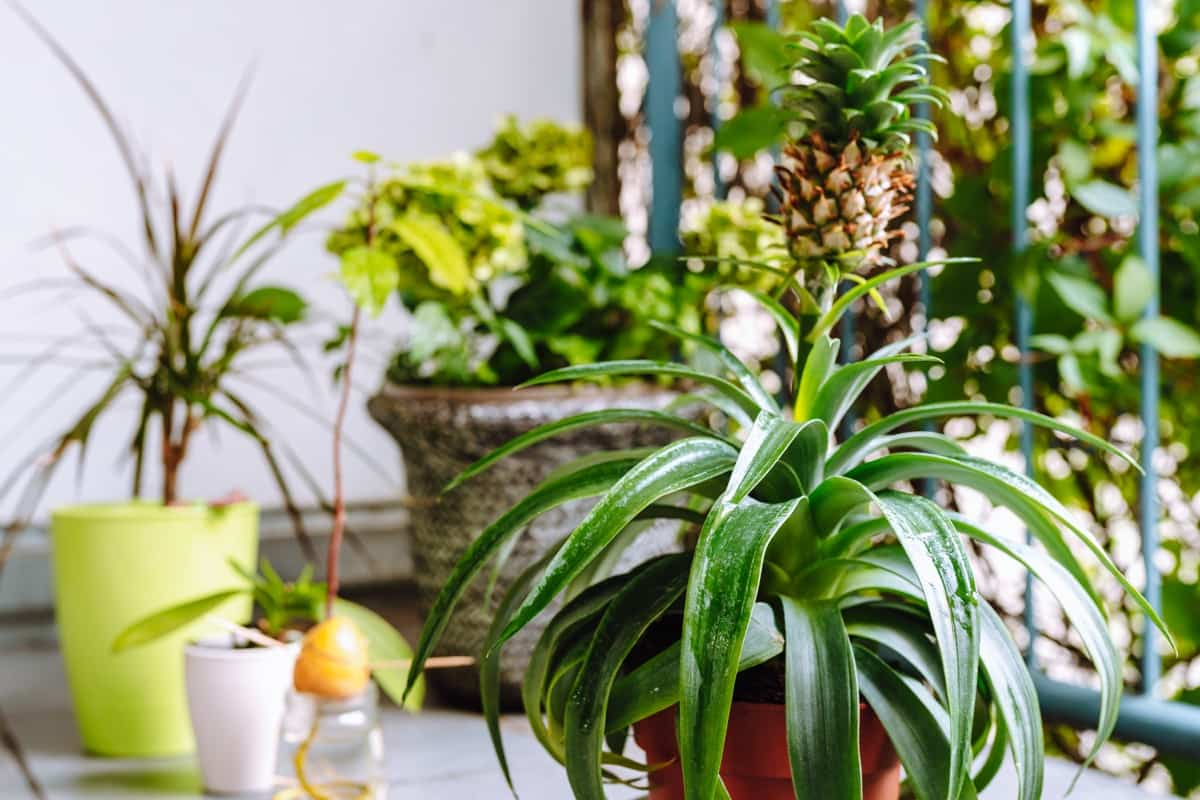
Regularly cleaning and removing debris from your balcony garden minimizes hiding places for pests and reduces the likelihood of disease spread. Remove dead leaves, fallen fruits, or decaying plant matter promptly. Creating a balanced ecosystem in your balcony garden can naturally control pests and diseases. Introduce beneficial insects that feed on harmful pests, such as aphids or caterpillars. Planting flowers like Marigolds or Lavender also deters certain pests due to their strong scent.
Natural and Organic Remedies for Controlling Pests in a Balcony Garden
When dealing with pests in the balcony garden, natural remedies can be as effective as chemical pesticides without the harmful side effects. One of the simplest and most used methods is homemade insecticidal soap. You can create a solution that kills aphids, mealybugs, and other soft-bodied insects by combining water and mild dish soap. Just spray it directly on the affected plants and watch those pests disappear.
For larger pests like slugs or snails, try using diatomaceous earth. This powdery substance is made from fossilized remains of tiny aquatic organisms called diatoms. Sprinkle it around your plants or create barriers to deter these slimy invaders. Another organic option is neem oil, which is an insecticide and fungicide.
It works by disrupting the feeding patterns of insects and preventing fungal diseases from spreading. Mix it with water and apply regularly for the best results. If you’re dealing with ants invading your balcony garden (and potentially bringing aphids along), try using cinnamon powder as a deterrent. Ants dislike its strong scent and will avoid crossing over areas sprinkled with cinnamon.
To repel mosquitoes naturally while enjoying your balcony oasis, consider planting mosquito-repellent herbs such as citronella grass, lavender, or basil in pots near seating areas. Garlic-based sprays are also gaining popularity among balcony gardeners because they repel various pests, including aphids, caterpillars, mosquitoes, and rabbits. A strong smell acts as a deterrent while being harmless to plants.
Companion Planting to Deter Pests in a Balcony Garden
One effective and natural way to deal with pests in your balcony garden is through companion planting. Placing certain plants together can create a natural barrier against unwanted insects and diseases. The concept behind companion planting lies in the idea that certain plants can repel or deter pests from attacking other nearby plants. For example, Marigolds are known for their strong scent, a natural repellent against aphids and nematodes.
You can help prevent these common pests from causing damage by planting Marigolds alongside your vegetables or herbs. Another popular companion plant is Basil, which adds flavor to your dishes and helps keep mosquitoes at bay. Other beneficial companions include Lavender (repels moths), Rosemary (repels cabbage worms), and Chives (repels carrot flies). Incorporating these plants into your balcony garden adds beauty and creates a naturally protected environment for your crops.
Proper Watering Techniques to Prevent Disease Outbreaks in Your Balcony Garden
Proper watering techniques play a key role in maintaining the health of your plants and preventing disease outbreaks in your balcony garden. Overwatering can lead to root rot and create a moist environment favorable for diseases like powdery mildew and fungal infections. To prevent disease outbreaks, it’s important to water your plants at the right time and with the right amount of water. Start by checking the soil moisture levels before watering.
In case you missed it: 14 Creative Ideas for Small Balcony Vegetable Gardens
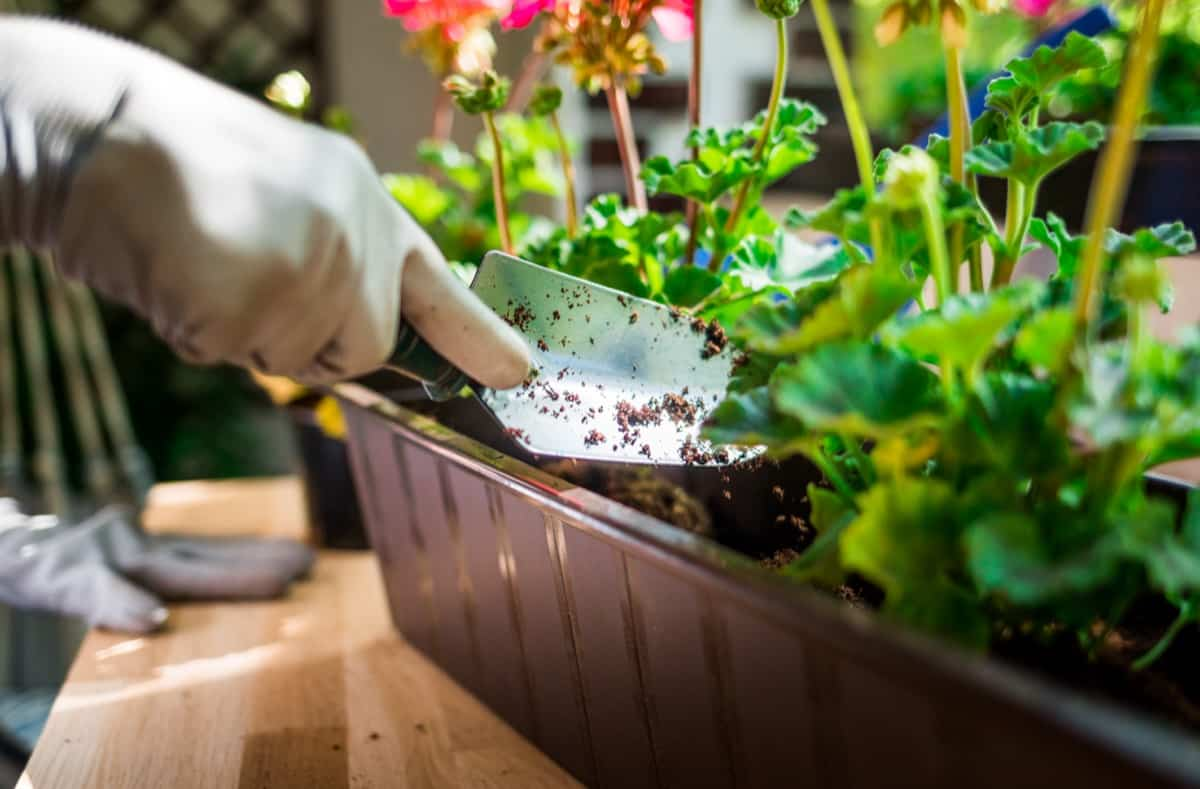
When watering, target the base of the plants rather than spraying water over their leaves. This helps minimize humidity levels on foliage and reduces the risk of diseases spreading through droplets. Using a drip irrigation system instead of overhead sprinklers is also beneficial. These methods deliver water to plant roots while keeping foliage dry, discouraging disease growth.
Another important aspect is establishing a regular watering schedule based on individual plant needs. Different plants have different preferences when it comes to moisture levels. Research each plant’s specific requirements and adjust accordingly. In addition, always ensure good drainage in pots or containers by adding drainage holes or using well-draining potting mixtures. Excess standing water can lead to stagnant conditions that promote bacterial or fungal growth.
Maintaining Good Air Circulation to Reduce the Risk of Plant Diseases on Your Balcony
When plants are overcrowded or have limited space for their foliage to breathe, they become more susceptible to fungal infections and other diseases. This is because stagnant air creates a humid environment that favors the growth and spread of pathogens. To ensure good air circulation in your balcony garden, start by spacing out your plants properly.
Avoid planting them too close together and allow enough room for each plant to thrive without being cramped. Additionally, consider placing fans strategically around your balcony to promote airflow. Gentle breezes created by fans mimic natural outdoor conditions and help prevent moisture buildup on leaves.
Regularly pruning your plants can improve air circulation by removing dense or overlapping foliage. Trim any branches or leaves touching each other or blocking sunlight from reaching lower levels of the plant. Keep an eye out for obstructions such as furniture or decor that may impede airflow. Ensure enough space between these objects and your plants for proper ventilation.
In case you missed it: 13 Practices for Sustainable Balcony Vegetable Gardening
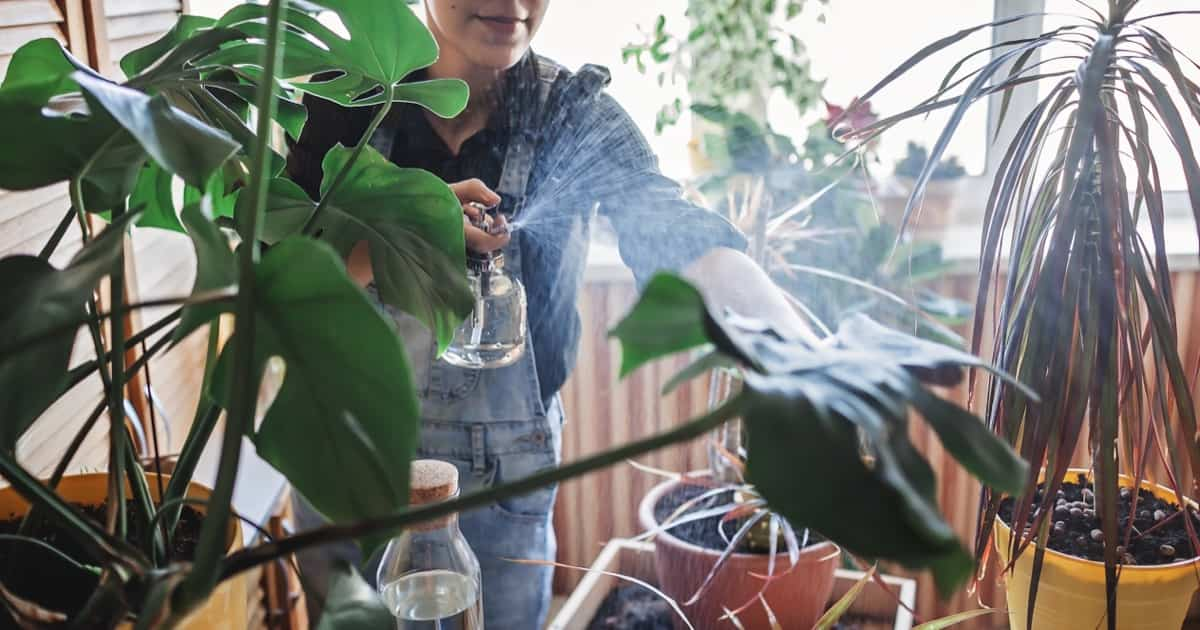
Regularly Inspecting and Cleaning Your Balcony Garden to Prevent Pest and Disease Spread
Regularly inspecting and cleaning your balcony garden is crucial for preventing the spread of pests and diseases. Start by conducting regular inspections of your plants. Look closely for any signs of pest infestation or disease symptoms, such as yellowing leaves, wilting, or unusual growth patterns.
Catching these issues early on gives you a better chance to address them before they become major problems. When you spot any issues, take immediate action. Remove affected leaves or plants to prevent the spread of diseases. Use organic methods like handpicking pests or spraying insecticidal soap to control outbreaks.
Creating a Balanced Ecosystem in Your Balcony Garden to Naturally Control Pests and Diseases
Creating a balanced ecosystem in your balcony garden benefits plants’ overall health and can help naturally control pests and diseases. Encouraging biodiversity and incorporating natural elements into your garden can create a harmonious environment where beneficial insects thrive, and harmful pests are kept at bay. One way to create a balanced ecosystem is by planting various flowers, herbs, and vegetables.
This diversity attracts different types of insects, including those that prey on common garden pests. For example, ladybugs are voracious eaters of aphids, while lacewings feed on caterpillars. In addition to diversifying your plant selection, consider adding features such as bird feeders or bird baths to attract insect-eating birds like sparrows or wrens. These feathered friends will help keep pest populations in check.
Avoiding chemical pesticides or herbicides is another important aspect of maintaining a balanced ecosystem. Instead, opt for organic methods such as companion planting or homemade remedies like garlic spray to deter pests. Furthermore, providing habitats for beneficial insects and pollinators is crucial. You can do this by leaving some areas wild with native grasses or installing small bug hotels made from materials like bamboo. These shelters encourage beneficial bugs to make themselves at home while deterring harmful ones.
Understanding the Life Cycles of Common Pests and Diseases in a Balcony Garden
Each pest and disease has its unique life cycle, from hatching or infection to maturity or spread. By familiarizing yourself with these life cycles, you can intervene at the most vulnerable stages and prevent further damage. For example, aphids have a rapid reproductive cycle that allows them to multiply quickly. They start as eggs, which hatch into nymphs before reaching adulthood. By regularly inspecting your plants for aphid eggs or nymphs, you can catch infestations early and take appropriate action.
In case you missed it: Top 12 Attractive Foliage Plants for a Sunny Balcony Garden

Similarly, fungal diseases like powdery mildew thrive in warm and humid conditions. Understanding this helps you anticipate when outbreaks are more likely to occur so that you can adjust watering techniques or improve air circulation to reduce the risk. By studying the specific life cycles of common pests and diseases in balcony gardens, such as caterpillars or blight, you’ll be better equipped to implement timely interventions – introducing beneficial insects or employing organic pesticides.
Introducing Beneficial Insects to Control Pest Populations in Your Balcony
Introducing beneficial insects is an effective and natural way to control pest populations in balcony gardens. Ladybugs, for example, are known as voracious predators of aphids, mites, and other soft-bodied pests. You can reduce aphid infestations without using harmful pesticides by releasing these colorful creatures into your garden.
Another helpful insect is the lacewing. The larvae of lacewings feed on common pests such as mealybugs, whiteflies, and thrips. Their delicate appearance may deceive you, but they are fierce hunters for controlling unwanted bugs. Parasitic wasps are another valuable addition to your balcony garden’s insect army. While their name might sound intimidating, these tiny wasps prey on harmful insects like caterpillars and scales by laying their eggs inside them.
Pruning and Trimming Techniques to Prevent the Spread of Diseases in Your Balcony Garden
| Regular inspection | Look for yellowing leaves, spots, wilting, or unusual growth patterns. |
| Use clean tools | Always use sharp pruning shears or scissors when cutting back plants. |
| Cut at a 45-degree angle | When pruning branches or stems, cut at a 45-degree angle just above a leaf node or bud. |
| Remove affected plant parts | If you notice any diseased or infected areas on your plants, promptly remove them by cutting back to healthy tissue. |
| Prune during dormant periods | It’s generally best to prune your plants during their dormant periods (usually in late winter or early spring). |
Proper Soil Management for Disease Prevention in a Balcony Garden
Proper soil management is essential for preventing diseases in balcony gardens. Maintaining a healthy and balanced soil environment can help plants develop strong immune systems and prevent potential infections. It’s important to start with good-quality soil that is well-drained and nutrient-rich. Avoid using heavy clay-based soils as they can retain too much moisture, developing fungal diseases. Instead, opt for a lightweight potting mix or create your own by combining compost, perlite, and vermiculite.
In case you missed it: Balcony Grill Garden Ideas: Small Spaces, Apartments, and Best Plants to Grow on Grills
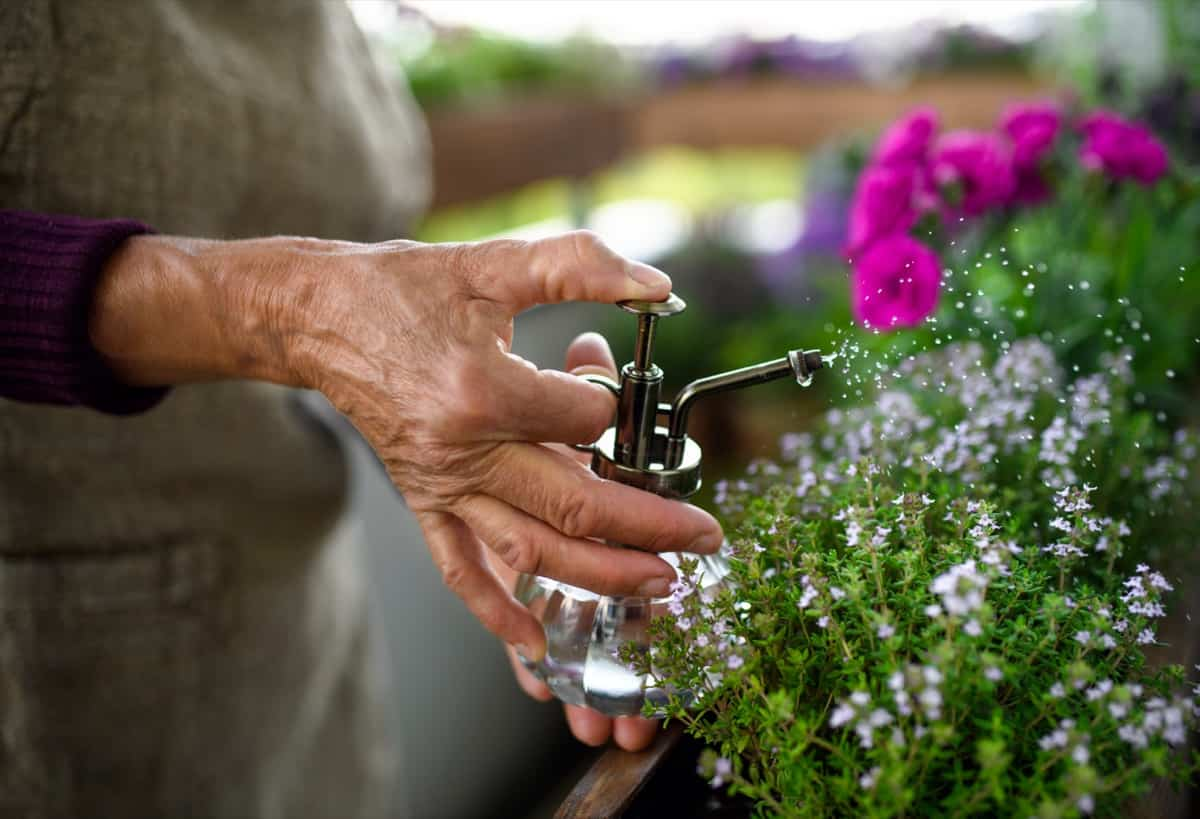
Regularly inspecting your plants’ roots is another crucial aspect of soil management. Look for signs of root rot or damage caused by pests such as nematodes. If you notice any issues, promptly remove affected plants from the garden to prevent further spread. Additionally, proper watering techniques play a vital role in disease prevention. Overwatering can create an ideal breeding ground for pathogens, while underwatering can stress the plants and make them more susceptible to infections.
Find the right balance by watering deeply but infrequently according to each plant’s needs. Furthermore, practicing crop rotation in your balcony garden can minimize the risk of diseases spreading from one season to another. By rotating different plant families yearly, you disrupt pest and disease life cycles and reduce their impact on your garden. Enriching the soil with organic matter helps improve its structure and fertility while promoting beneficial microbial activity and suppressing harmful pathogens.
Frequently Asked Questions about How to Deal with Pests and Diseases in a Balcony Garden: Natural and Organic Remedies
Why Is It Important to Use Natural and Organic Remedies?
Natural and organic remedies are crucial because they don’t harm the environment or pose risks to human health. Chemical pesticides can harm beneficial insects like bees and butterflies and contaminate soil and water sources. Natural solutions protect your plants effectively and maintain the balance of nature in your surroundings.
Can I Prevent Pests Without Harming Beneficial Insects?
Yes! Encouraging beneficial insects is key to biological pest control. You’ll create a balanced environment where these helpful creatures thrive while keeping destructive bugs at bay by providing suitable habitats like flowering plants or insect hotels.
In case you missed it: How to Grow Broccoli in Pots in India: at Home, on the Terrace, in the Backyard and Balcony
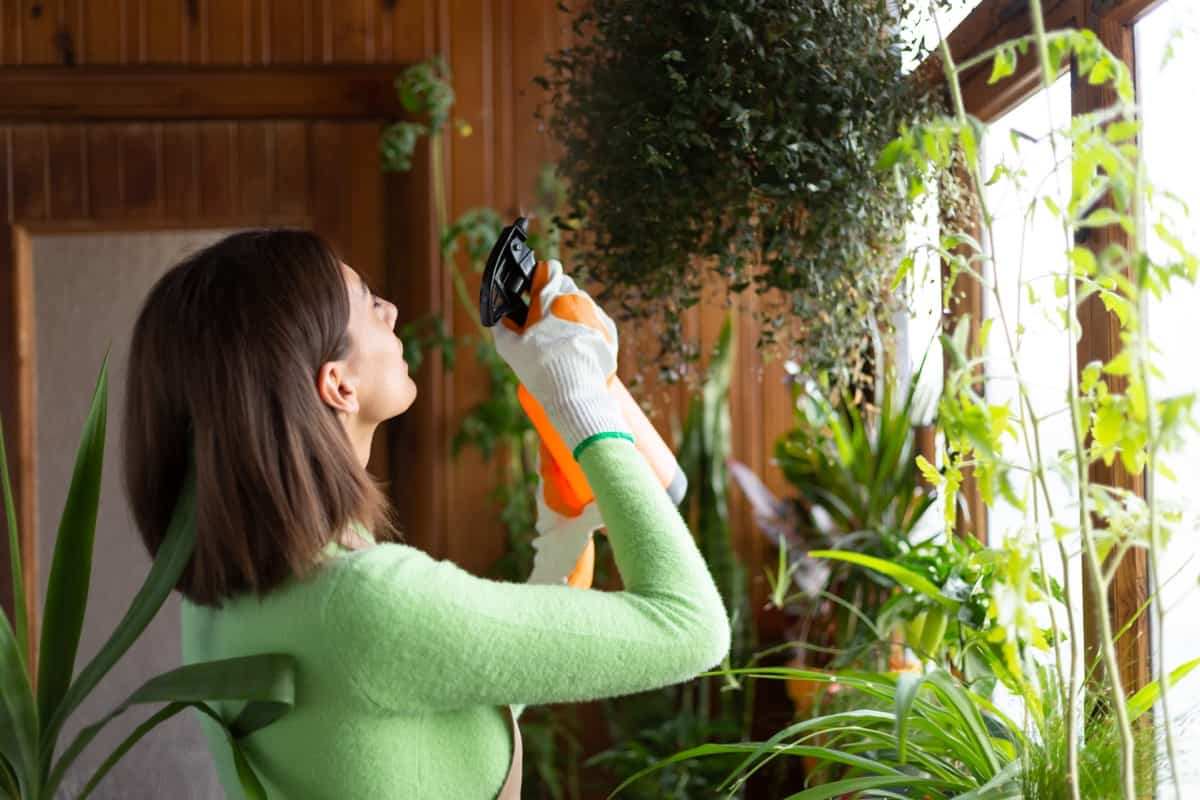
Conclusion
Dealing with pests and diseases is an ongoing battle in your balcony garden. But with the right knowledge and strategies, you can minimize their impact and enjoy a thriving garden. You can prevent pest infestations and disease outbreaks by implementing preventive measures such as proper watering techniques, good air circulation, and regular inspections and cleaning.
- Broccoli Seed Germination and Selection
- Asparagus Seed Germination and Variety Selection
- Seasonal Flower Gardening: Best Practices for Spring, Summer, Fall, and Winter
- How to Grow Hibiscus from Flower
- Plantation Ideas for Home Decoration: A Beginners Guide
- Flower Garden Designs and Layouts for Beginners
- Planting and Spacing Techniques in Papaya: A Beginner’s Guide
- Growing Gold: Essential Techniques for Planting Pineapples
- How to Make Kalanchoe Plant Bushy: Home Remedies and Solutions
- 11 Reasons Why Your Gardenia is Not Blooming: Home Remedies and Solutions
- Eco Elegance: The Guide to Designing a Drought-Tolerant Landscape
- Gardening on a Slope: Strategies for Hillside Landscaping
- Nourish and Flourish: Top Organic Mulches for Thriving House Plants
- Everything You Want to Know about Indian Mogra Flower: Discover Uses and Growing
- Green Thumb Success: Expert Tips for Cultivating Greenhouse Pumpkins All Year Round
- Maximize Growth & Flavor: The Ultimate Guide to Companion Planting in Herb Gardens
- How to Control Rhododendron Problems Naturally: Home Remedies and Organic Ways to Fix Them
- Natural Magic: The Remarkable Benefits of Cinnamon for Plants
- Best Steps to Revive Dying Tulip with Natural and Organic Treatment
- 10 Reasons Why Your Angel Trumpet is Not Blooming: Remedies and Treatment
- How to Fix Periwinkle Leaf and Flower-Related Problems: Natural Remedies and Solutions
- How to Fix Zinnias Leaf and Flower Problems: Discover Natural and Home Remedies
- Organic Steps to Induce Lemon Tree Flowers: A Comprehensive Guide
- Bloom Booster: Crafting the Perfect Homemade Bougainvillea Fertilizer
- Optimizing Growth: A Guide to Applying NPK Fertilizer for Potted Plants
- 10 Best Homemade Fertilizers for Rubber Plant: DIY Recipes and Application Method
- How to Boost Female Pumpkin Flowers: Effective Steps for More Flowers and High Yields
- Transform Your Indoor Garden: Top Benefits of Pink Salt for Houseplants
- 10 Best Homemade Fertilizers for Peacock Plants (Calathea): Easy DIY Guide
- Unlock Blooms: 9 Reasons Why Your Potted Chrysanthemum is Not Blooming
- 8 Reasons Why Your Potted Hibiscus is Not Blooming: Fix it with Simple Solutions
- Unlock Blooms: 9 Key Reasons Your Potted Frangipani Won’t Flower
- 10 Reasons Why Is My Ice Plant Not Blooming: Remedies and Treatment
- 10 Reasons Why My Potted Hydrangea Not Blooming: Treatment and Remedies
- 10 Reasons Why is My Wisteria Not Blooming: Remedies and Treatment
- 10 Reasons Why is My Goldfish Plant Not Blooming: Remedies and Treatment